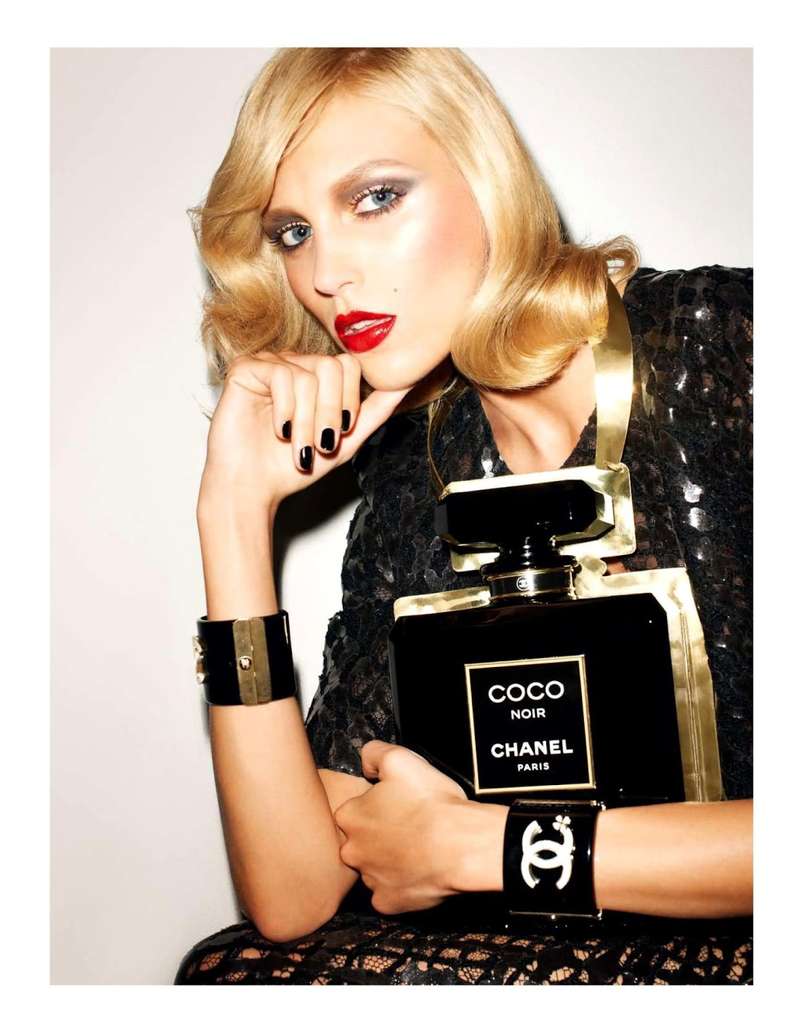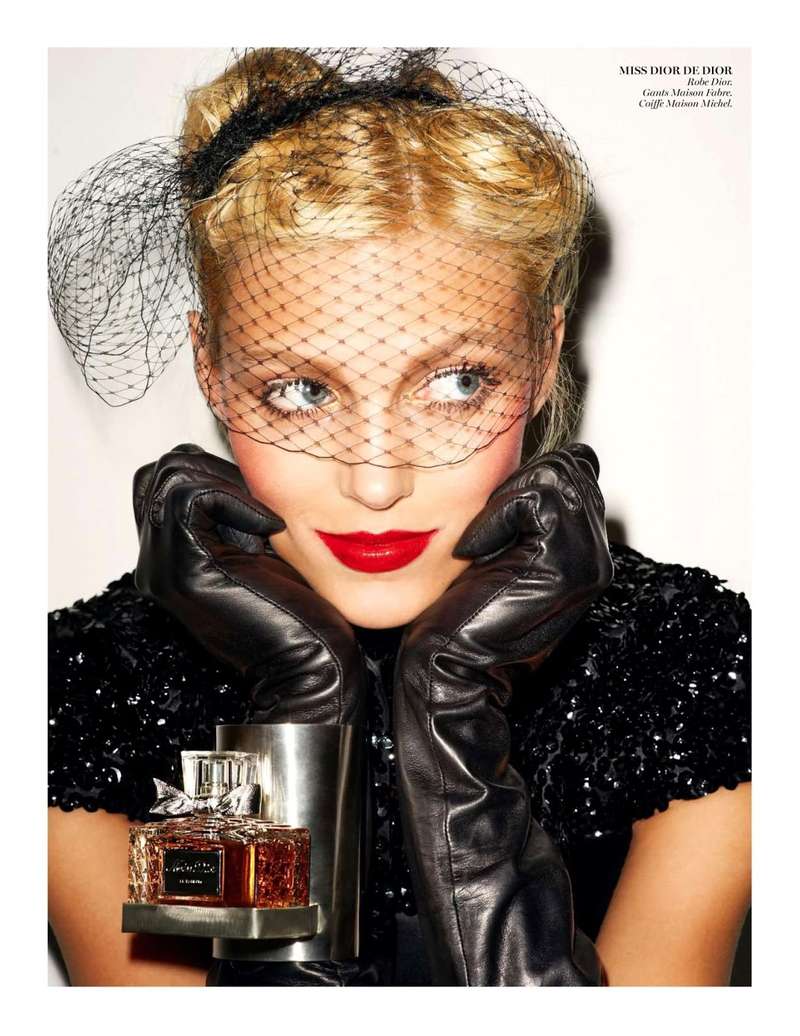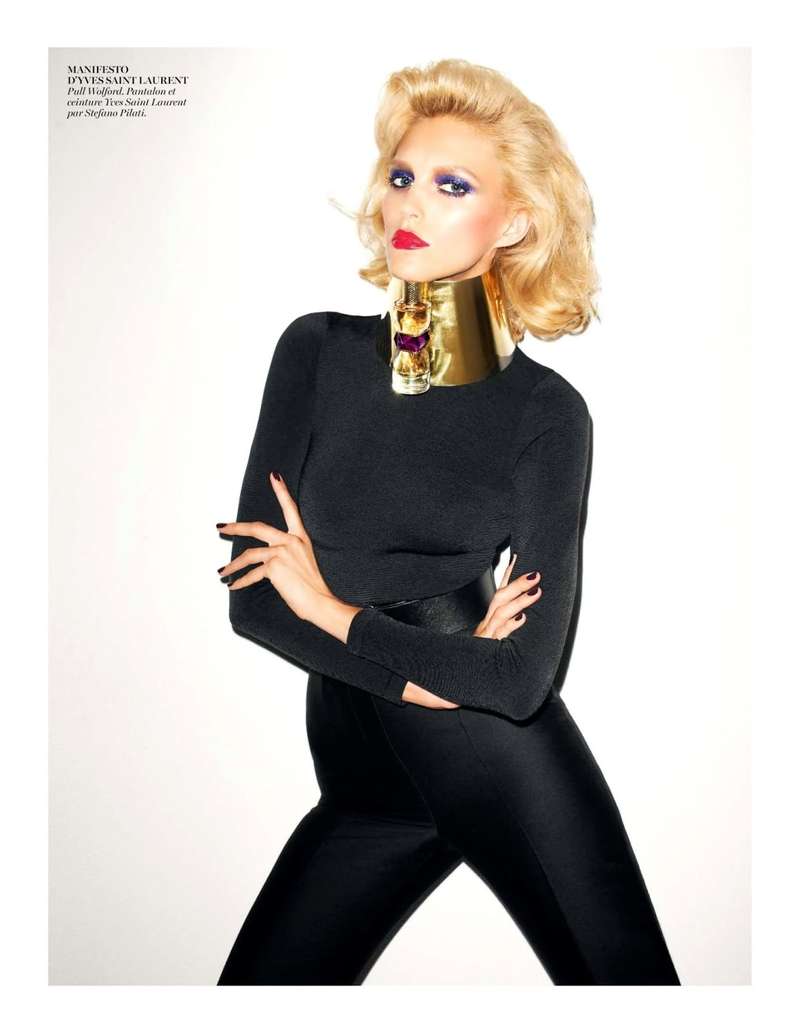Stop Making Scents: What's Up With Pheromones?




Can we use the power of scent for personal empowerment?
We’re all familiar with the power of scent: its ability to transport us to another moment in time by bringing back a memory, its potential power over our moods, and yes, its capacity to make us feel a sense of attraction to another person. Speaking for myself, though I’m aware I’m in no minority here, I know I’m really into a guy if I love the way he smells –and yes, I have burrowed my face into a borrowed shirt or two like a creep. Or could it very well be I’m really into the guy because of the way he smells? On the flipside, psychologist Rachel Herz, author of The Scent of Desire, has been quoted saying, “One of the most common things women tell marriage counselors is, ‘I can’t stand his smell.’” Did you know, as determined by a 2012 study at the Weizmann Institute of Science in Israel, the scent of a woman’s tears actually reduces sexual arousal, as well as testosterone levels in men? Chew on that for a minute!
All of this brings us to the concept of pheromones, formally defined as “a chemical substance that is usually produced by an animal and serves especially as a stimulus to other individuals of the same species for one or more behavioral responses,” namely communication and attraction. A pheromone is not a love potion, but it may very well possess a kind of innate magic. It was less than 30 years ago when a study was first conducted to prove the existence of pheromones in humans. In 1986, Dr. Winnifred Cutler, who founded the Athena Institute for Women’s Wellness, determined, to quote from an article in The Washington Post that same year, “the human body produces pheromones, special aromatic chemical compounds discharged by one individual that affect the sexual physiology of another.”
About a century prior in Paris, the stench of body odor grew so strong it was nicknamed “The Great Stink of 1880.” Apparently, a lot could be discerned about a person upon first impression, and with the dawn of modern-day perfume, deodorant, and regular showers, our ability to determine our attraction levels to others depreciated greatly. But we still have a handle on what we like in another person’s aroma. A 2005 study in which gay men were giving anonymous sweat samples to sniff showed they preferred the scent of other gay men. Similarly, a well-known Swiss study in 2008 asked women to rate the odors of T-shirts worn by various men. They selected men whose DNA was distinctly different from theirs (so if they bred, their child would have a healthy immune system); the smell of the shirts they most preferred also reminded them of past and current boyfriends. And a 2007 study in New Mexico reported that a group of strippers earned $150 less per shift when they were menstruating, as opposed to when they were ovulating, as in at their most fertile. In short, the nose knows.
Why do we feel what we like to call “chemistry” with one person and not another? The same goes for love, or lust (as it’s determined to be in many cases) at first sight. It could be argued – as a matter of fact, a number of researchers do argue – that scent, not looks, comprises the very root of sexual attraction. This is might account for why so many fashion-focused people are obsessed, or at least intrigued by pheromones. They are the great enthusiasts of style and beauty, absorbed with the way things look, but if scent triumphs over visuals in the hierarchy of the relationship between our six senses and physical attraction, then maybe it’s smell of which such types are the great arbiters. To quote from TIME’s February ’15 article entitled, “What Pheromones Really Reveal About Your Love Life,” “Beauty may not be in the eye of the beholder after all. It may actually lie just south, in the nose.”
This kind of person loves to be loved (don’t we all?) and moreover, has a healthy (and yes, sometimes unhealthy) preoccupation with notions of tantalization, sex appeal, glamour, seductiveness, charisma, and allure. So it’s only natural they're enamored with the idea of bottling these qualities, among others. Sarah Jessica Parker, who’s mixed her own scents for years, has said, “The idea of not putting on perfume is shocking to me.” Fashion designer Christian Dior remarked, “A woman’s perfume tells more about her than her handwriting.” And the iconic Coco Chanel said, “A woman who doesn’t wear perfume has no future.” I’ve always been quite taken by the notion that a specific, special fragrance can make someone feel, well, quite taken with you or another can momentarily transport you to the scenic beach when your window overlooks a construction site.
Enter Archetypes Pheromones Collection, a line of five distinct pheromones and the latest brainchild of Philosophy founder Cristina Carlino, each designed with a unique purpose in mind and therefore, with its own unique scent and capability. Charmed as I am by the idea of pheromones, the whimsical proposition that they can alter another person’s perception of you, along with their feelings about you, or more vitally, catalyze a shift in your own psyche, I’m a cynic and skeptic at heart. Much as I adore beauty, I don’t believe it can exist without ugliness, nor can loving without loathing, and cliché of all clichés, pleasure without pain. Simply put, I didn’t necessarily expect them to work.
I tried Yield! first. (Surprise! Speaking of love and hate dynamics, that’s my relationship with food.) As with all the line’s pheromones, the instructions recommend applying the roller ball of essential oils directly below the nose, as well as to the back of your hands, wrists, or various pulse points, if you so desire. A zesty blend of ginger, bergamot, and peppermint oils makes for a sense of instantly renewed energy, and the percolating effects of the slightly spicy scent render the thought of food unappealing. One could argue the placebo effect is at least somewhere at play here, but there’s science in the scents. The same goes for Euphoric, with pine, juniper berry, and lemon verbena oils, all known for their uplifting qualities, which I tried while glued to my computer, yapping on the phone with my friend. Moments after gliding it under my nose, I was in an uncontrollable fit of laughter. Sure, my friend happens to be hilarious, but who's to say there wasn't a little something extra to my amusement?
Next up, Sharp Focus: Rosemary, lemon, peppermint, and frankincense oils join forces to wake you up and bring you to your senses, so to speak. I recommend applying this when you’ve got a full day’s work ahead of you and you made the ill-advised decision to go out the night before. Not speaking for myself, or anything. Then, to calm things down, think pre-bedtime, post-fight with a loved one, or during a long bubble bath, Tranquil (clary sage, ylang ylang, and bergamot oils) is fragrant with immediately soothing effects.
The most intriguing of the group is naturally Passion, to bring us back to the general connotation of the word pheromone. Designed to promote attraction and inspire self-confidence, it combines ylang ylang, rose geranium, sandalwood, and cedarwood oils, which, no coincidence, happen to be some of the smells people find most appealing. I’ve never had a problem attracting people (just kidding..sort of), so it’s hard for me to say if it’s the pheromone that made others more into me, but to paraphrase Louis Armstrong, if it smells good, it is good. Simple as that, which is really the beauty of pheromones. If a scent makes you feel inspired, enticing, or invigorated, that positive energy will come across to another people. Call it the law of attraction.


